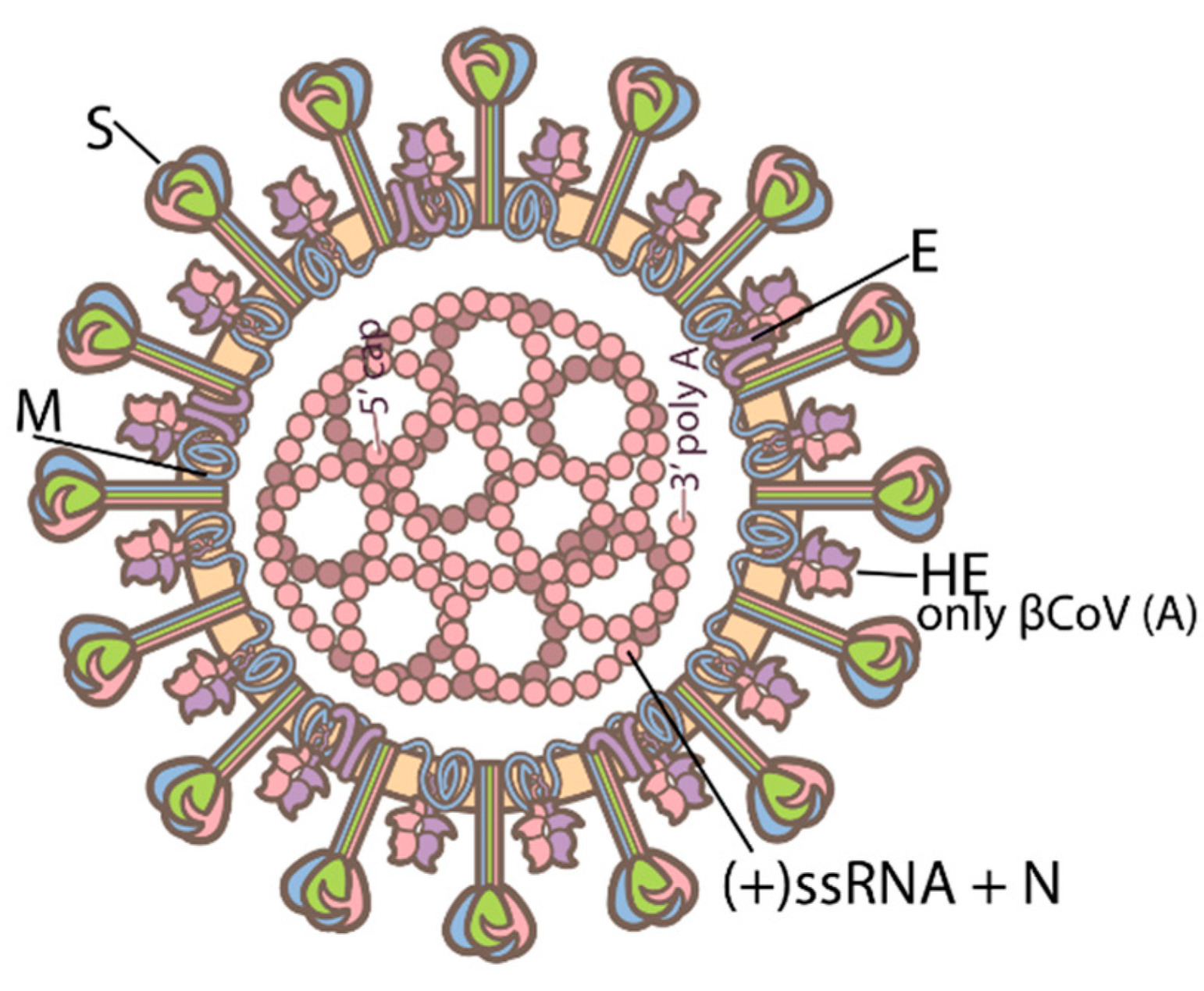Playlist
Show Playlist
Hide Playlist
COVID-19: Basic Reproduction Number
-
Slides Coronavirus Basic Reproduction Number.pdf
-
Download Lecture Overview
00:07 COVID-19 statistics. 00:10 In this session, we're going to talk about the common numbers that you will have seen to describe and predict the behavior of the COVID-19 pandemic caused by the SARS-Coronavirus II. 00:19 The most familiar number probably is the basic reproduction number, known as the “R naught.” This is the average number of secondary infections produced by an index case or a typical first case of an infection in a population, where everyone is susceptible. 00:36 It is used to measure the transmission potential of the disease, in this case of COVID-19. 00:42 If R naught, is greater than 1, then the number of infected people will likely increase exponentially and an epidemic or pandemic can ensue. 00:52 If the R naught is less than one, then the number of those secondary cases from the index case, will not be sufficient to sustain an outbreak and it will likely recede on its own. 01:03 The problem of course as with any of these indices, is that the R naught, is not sufficiently valid, to definitively forecast an outbreak. 01:12 It certainly can be affected by other factors, but it is very important as an early warning system, sort of, giving the indication of the possibility, of an epidemic or a pandemic. 01:25 The reproductive number, or R0, is a crucial epidemiological concept representing the average number of people infected by one infectious individual in a completely susceptible population. 01:40 This number helps us understand transmission potential and predict disease spread. 01:45 Looking at COVID-19, we've seen significant variation in R0 across different variants. The original strain had an R0 of 2 to 2.5, meaning each infected person spread the virus to about 2 to 2.5 others on average. The Delta variant showed much higher transmissibility with an R0 of 5 to 7. 02:06 Omicron demonstrated even greater transmissibility with an R0 of 8 to 10. 02:12 In 2025, we're dealing primarily with Omicron descendants. The LP.8.1 variant, which currently accounts for 64% of US cases, has an R0 of 3 to 4. The XEC variant, representing about 15% of cases, has an R0 of 3 to 3.5. It's important to understand that R0 isn't fixed. It varies based on multiple factors. 02:38 Host characteristics like population density, age distribution, and underlying health conditions all affect transmission. Viral factors, including specific mutations, especially in the spike protein, also impact transmissibility. 02:54 Public health interventions dramatically influence transmission. Measures like school closures, physical distancing, and mask use can reduce effective transmission. Once these interventions are implemented, we track what's called the effective reproductive number, or RE, which reflects actual transmission in a population with interventions and partial immunity. 03:16 For comparison, seasonal influenza typically has an R naught between 0.9 and 2.1, significantly lower than what we've seen with COVID-19 variants. This helps explain why COVID-19 has caused such widespread global impact compared to typical flu seasons. 03:33 Looking at COVID-19, we've seen considerable variation in R0 across different variants. 03:39 An important point to note is that when RE, the effective reproductive number, exceeds 1, an outbreak can potentially overwhelm health care systems, which is why public health measures aim to keep this number below 1. The good news is that current variants appear to cause less severe disease, with emergency department visits for COVID down by approximately 10%, compared to previous Omicron sub-variants. This pattern of viral evolution, toward higher transmissibility but potentially lower severity, is worth noting. For context, seasonal influenza typically has an R0 between 0.9 to 2.1, significantly lower than any COVID-19 variant we've seen, which helps explain COVID's more substantial impact on global health systems.
About the Lecture
The lecture COVID-19: Basic Reproduction Number by Sean Elliott, MD is from the course Coronavirus.
Included Quiz Questions
What does R nought (R0) stand for?
- The average number of secondary infections produced by one infectious individual in a population where everyone is susceptible
- The number of cases generated in the current state of a population
- The average number of individuals who are likely to get infected
- The doubling time of the number of active cases
- The average number of secondary infections produced by one infectious individual in a population where some of the population is already immune
What is the significance of R0?
- It is intended to be an indicator of the contagiousness or transmissibility of infectious agents.
- It is not dependent on the host or viral factors.
- It is a constant during an outbreak of an infectious disease.
- The basic reproductive number R0 will increase as more cases are diagnosed.
- It is intended to predict how long an outbreak will last.
At what level of R0 is an outbreak of an infectious disease likely to recede on its own?
- < 1
- 1
- > 1
- < 0.5
- > 2
Customer reviews
5,0 of 5 stars
| 5 Stars |
|
5 |
| 4 Stars |
|
0 |
| 3 Stars |
|
0 |
| 2 Stars |
|
0 |
| 1 Star |
|
0 |




